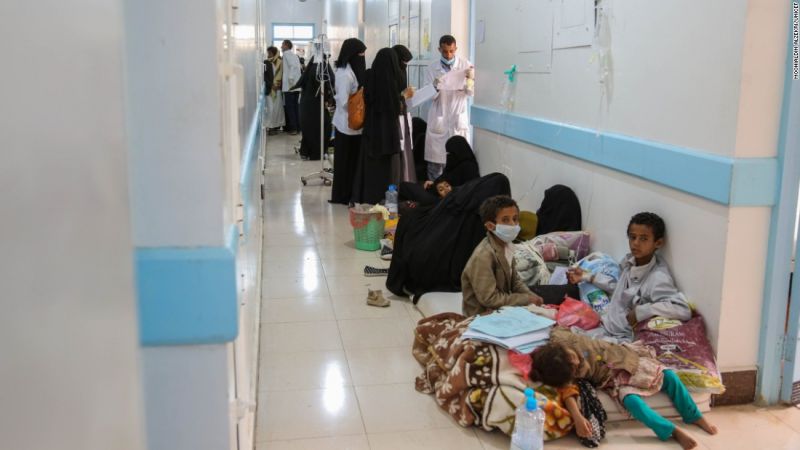
Local Editor
Researchers from the Johns Hopkins Center for Humanitarian Health have offered 20 recommendations to mitigate future cholera outbreaks in Yemen, where an epidemic that erupted in September 2016 resulted in more than 1 million suspected cases and some 2300 deaths over the next 22 months. Their report also serves as a guide for other regions where humanitarian crises develop.
Yemen has been embroiled in a devastating civil war since 2014. In 2015, the United Nations declared the country a Level 3 emergency, which activated the humanitarian system’s highest response. When the cholera epidemic began the following year, only 46% of Yemen’s 3507 clinics and hospitals were operating. Key supplies couldn’t get past blocked Red Sea ports.
Although the country had endured previous cholera outbreaks, it didn’t have a preparedness and response plan sufficient enough to overcome war-related challenges in coordination, logistics, security, and access to treatment. In addition, the existing early warning surveillance system became overwhelmed as the outbreak expanded. Laboratory and epidemiologic investigations weren’t up to the task for monitoring the outbreak.
To better prepare for future outbreaks, the report recommends boosting the presence of peripheral laboratories to confirm cholera cases; improving and strengthening surveillance systems to better monitor outbreaks; and planning small, geographically targeted oral cholera vaccine campaigns. Decentralized water, sanitation, and hygiene responses early on in an outbreak could also help emergency workers target specific disease hotspots and interrupt cholera transmission.
In a separate study, an international research team sequenced the genomes of Vibrio cholerae—the organism that causes cholera—from isolates collected in Yemen and nearby regions. The results indicate that the epidemic strain likely originated in South Asia in the early 2000s, spread globally, and caused outbreaks in East Africa between 2013 and 2014 before it spread to Yemen as people migrated from Eastern Africa.
Source: News Agencies, Edited by Website Team